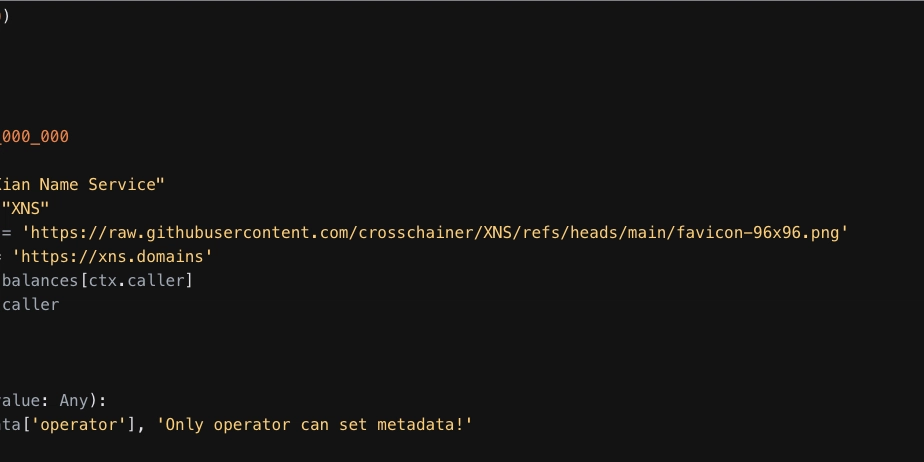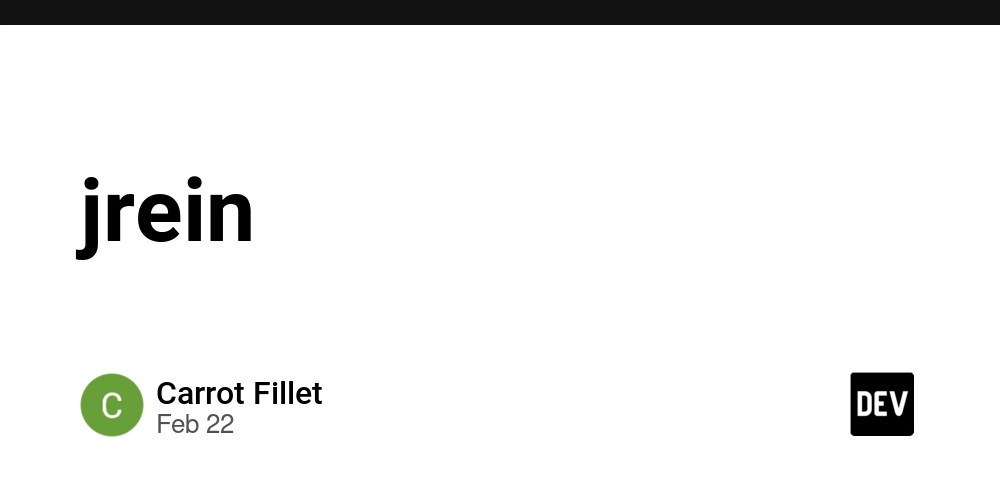Building a Data Analytics Portfolio: What to Include and Why
In today’s data-driven world, businesses and organizations increasingly rely on data analytics to make informed decisions. As a result, there has never been a better time to pursue a career in this field. However, with so many aspiring data analysts and data scientists, how do you stand out from the crowd? The answer lies in building a strong and impressive data analytics portfolio. A portfolio is more than just a collection of projects. It’s a showcase of your skills, thought processes, and ability to solve real-world problems using data. This article will walk you through what to include in your data analytics portfolio and why each element is crucial for making a lasting impression on potential employers or clients. 1. Introduction/About Me Section The first thing employers or potential clients will see is the introduction section. This is your chance to introduce yourself and provide context for your work. Include a brief bio that highlights your background, skills, and passion for data analytics. You may also want to include links to your LinkedIn profile, GitHub repository, or any other professional online presence. This section should provide a snapshot of who you are and why you are passionate about data analytics. 2. Skills and Tools A key component of your portfolio is demonstrating the tools and technologies you're proficient in. Highlight the analytics tools, programming languages, and technologies you’re most familiar with. Common tools include: Programming Languages: Python, R, SQL, etc. Data Visualization Tools: Tableau, Power BI, Matplotlib, Seaborn Machine Learning Libraries: Scikit-learn, TensorFlow, Keras Data Processing Tools: Pandas, NumPy, Hadoop, Spark Statistical Analysis Tools: SPSS, SAS, Excel Clearly listing these skills and tools will give potential employers a quick overview of your technical capabilities. 3. Sample Projects The core of your portfolio should consist of sample projects. These are the projects where you demonstrate your ability to solve real-world problems using data. Projects are vital because they showcase your practical experience and problem-solving skills. Some types of projects you may want to include are: Exploratory Data Analysis (EDA): Include projects where you clean, process, and analyze datasets, uncovering insights that lead to actionable recommendations. Predictive Modeling: Show your ability to build models that predict future trends or behaviors, using machine learning algorithms. Data Visualization Projects: Include interactive dashboards or static visualizations that communicate complex data insights in an easy-to-understand manner. Big Data Analytics: If you’ve worked with big data tools like Hadoop or Spark, highlight projects that involve handling large datasets and drawing insights from them. Make sure to explain the problem you were solving, the methods you used, and the insights you uncovered. This will demonstrate your thought process, technical expertise, and ability to draw conclusions from data. 4. Data Stories and Case Studies Data analytics isn't just about crunching numbers—it's about telling a story. Employers and clients want to see how you can take raw data and turn it into a narrative that drives decision-making. Case studies or data stories in your portfolio should explain the following: The Business Problem: What challenge were you solving? The Approach: What analysis techniques or tools did you use? The Outcome: What insights did you uncover, and how did they impact the business? This section is particularly important because it helps show that you understand the broader business context of your analysis. It highlights your ability to align your technical skills with business objectives. 5. Certifications and Courses Having certifications and completing relevant courses can set you apart from other candidates in the competitive field of data analytics. List certifications from recognized platforms like Coursera, edX, or even the best data analytics institutes in Kochi or globally. These certifications will demonstrate your commitment to continuous learning and your ability to stay updated with industry trends. For example, completing a certification from the best data analytics institute in Kochi can demonstrate that you’ve received quality education and practical training, which employers often value when evaluating candidates. 6. Blog or Articles (Optional) A blog or articles section can be an excellent addition to your portfolio. Writing about data analytics topics, trends, or tutorials allows you to demonstrate your expertise and communication skills. It can also give potential employers insight into your thought leadership and passion for the field. Moreover, writing regularly about the latest developments in data analytics can keep you engaged with the industry and showcase your commitment to staying up-to-date. 7. Results and Impact Ultimately, employers want to see tangible results. Whenever possible
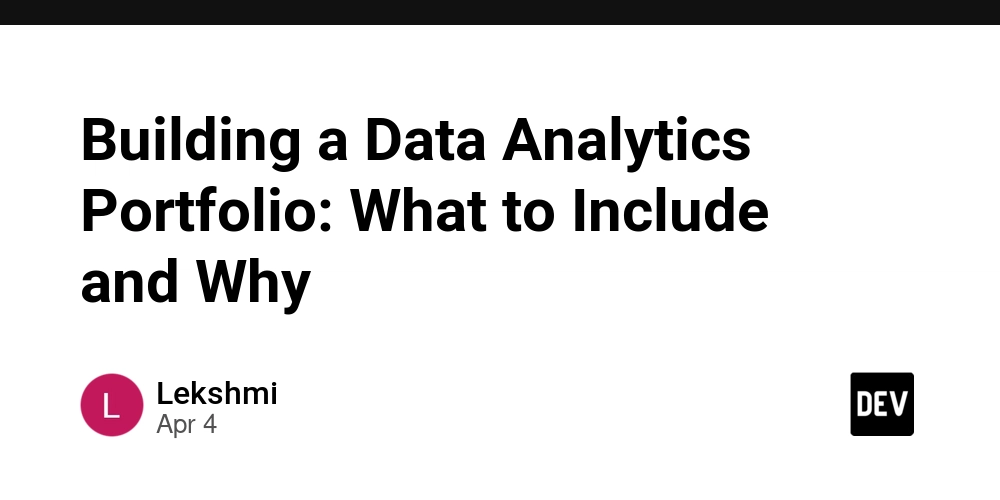
In today’s data-driven world, businesses and organizations increasingly rely on data analytics to make informed decisions. As a result, there has never been a better time to pursue a career in this field. However, with so many aspiring data analysts and data scientists, how do you stand out from the crowd? The answer lies in building a strong and impressive data analytics portfolio.
A portfolio is more than just a collection of projects. It’s a showcase of your skills, thought processes, and ability to solve real-world problems using data. This article will walk you through what to include in your data analytics portfolio and why each element is crucial for making a lasting impression on potential employers or clients.
1. Introduction/About Me Section
The first thing employers or potential clients will see is the introduction section. This is your chance to introduce yourself and provide context for your work. Include a brief bio that highlights your background, skills, and passion for data analytics. You may also want to include links to your LinkedIn profile, GitHub repository, or any other professional online presence. This section should provide a snapshot of who you are and why you are passionate about data analytics.
2. Skills and Tools
A key component of your portfolio is demonstrating the tools and technologies you're proficient in. Highlight the analytics tools, programming languages, and technologies you’re most familiar with. Common tools include:
Programming Languages: Python, R, SQL, etc.
Data Visualization Tools: Tableau, Power BI, Matplotlib, Seaborn
Machine Learning Libraries: Scikit-learn, TensorFlow, Keras
Data Processing Tools: Pandas, NumPy, Hadoop, Spark
Statistical Analysis Tools: SPSS, SAS, Excel
Clearly listing these skills and tools will give potential employers a quick overview of your technical capabilities.
3. Sample Projects
The core of your portfolio should consist of sample projects. These are the projects where you demonstrate your ability to solve real-world problems using data. Projects are vital because they showcase your practical experience and problem-solving skills. Some types of projects you may want to include are:
Exploratory Data Analysis (EDA): Include projects where you clean, process, and analyze datasets, uncovering insights that lead to actionable recommendations.
Predictive Modeling: Show your ability to build models that predict future trends or behaviors, using machine learning algorithms.
Data Visualization Projects: Include interactive dashboards or static visualizations that communicate complex data insights in an easy-to-understand manner.
Big Data Analytics: If you’ve worked with big data tools like Hadoop or Spark, highlight projects that involve handling large datasets and drawing insights from them.
Make sure to explain the problem you were solving, the methods you used, and the insights you uncovered. This will demonstrate your thought process, technical expertise, and ability to draw conclusions from data.
4. Data Stories and Case Studies
Data analytics isn't just about crunching numbers—it's about telling a story. Employers and clients want to see how you can take raw data and turn it into a narrative that drives decision-making. Case studies or data stories in your portfolio should explain the following:
The Business Problem: What challenge were you solving?
The Approach: What analysis techniques or tools did you use?
The Outcome: What insights did you uncover, and how did they impact the business?
This section is particularly important because it helps show that you understand the broader business context of your analysis. It highlights your ability to align your technical skills with business objectives.
5. Certifications and Courses
Having certifications and completing relevant courses can set you apart from other candidates in the competitive field of data analytics. List certifications from recognized platforms like Coursera, edX, or even the best data analytics institutes in Kochi or globally. These certifications will demonstrate your commitment to continuous learning and your ability to stay updated with industry trends.
For example, completing a certification from the best data analytics institute in Kochi can demonstrate that you’ve received quality education and practical training, which employers often value when evaluating candidates.
6. Blog or Articles (Optional)
A blog or articles section can be an excellent addition to your portfolio. Writing about data analytics topics, trends, or tutorials allows you to demonstrate your expertise and communication skills. It can also give potential employers insight into your thought leadership and passion for the field.
Moreover, writing regularly about the latest developments in data analytics can keep you engaged with the industry and showcase your commitment to staying up-to-date.
7. Results and Impact
Ultimately, employers want to see tangible results. Whenever possible, include specific metrics or outcomes from your projects. Did your data analysis lead to an increase in sales, improved customer satisfaction, or better decision-making? Showing measurable outcomes will add credibility to your work and demonstrate that you can make a real impact with data.
8. Feedback and Testimonials
If you have worked on any freelance projects or internships, ask clients or colleagues for feedback or testimonials. A positive review from a client or employer can add a layer of trust and authenticity to your portfolio, providing validation of your skills.
9. Portfolio Design and User Experience
Your portfolio should be easy to navigate and visually appealing. A well-organized portfolio with clean, clear visuals will enhance the user experience and demonstrate your attention to detail. Use a simple yet modern design, and ensure that your portfolio is mobile-friendly and accessible.
Conclusion
Building a data analytics portfolio is not just about listing your skills and experiences; it’s about demonstrating how you can solve real-world problems through data. By including sample projects, case studies, tools, certifications, and the impact of your work, you’ll be able to create a portfolio that stands out in the competitive data analytics job market.
If you're just starting out and looking for professional training, consider enrolling in the best data analytics institute in Kochi. A reputable institute will provide the necessary foundation and hands-on experience to help you build a robust portfolio that can kickstart your career in data analytics. By combining strong education with a well-curated portfolio, you’ll be well on your way to a successful career in this exciting field.






















































.jpg)
%20Abstract%20Background%20112024%20SOURCE%20Amazon.jpg)


















































































































![[The AI Show Episode 142]: ChatGPT’s New Image Generator, Studio Ghibli Craze and Backlash, Gemini 2.5, OpenAI Academy, 4o Updates, Vibe Marketing & xAI Acquires X](https://www.marketingaiinstitute.com/hubfs/ep%20142%20cover.png)















































































































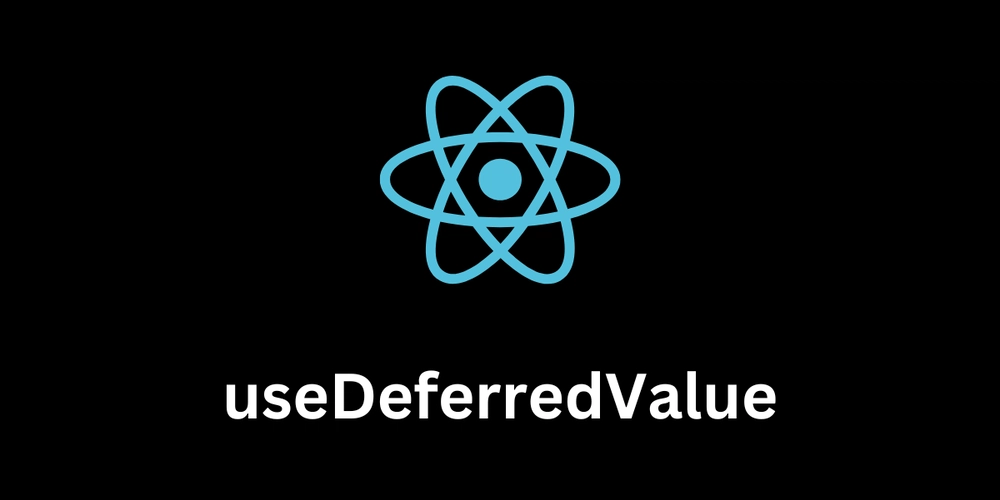
















![From drop-out to software architect with Jason Lengstorf [Podcast #167]](https://cdn.hashnode.com/res/hashnode/image/upload/v1743796461357/f3d19cd7-e6f5-4d7c-8bfc-eb974bc8da68.png?#)

































































































































![Rapidus in Talks With Apple as It Accelerates Toward 2nm Chip Production [Report]](https://www.iclarified.com/images/news/96937/96937/96937-640.jpg)










_Christophe_Coat_Alamy.jpg?#)








































































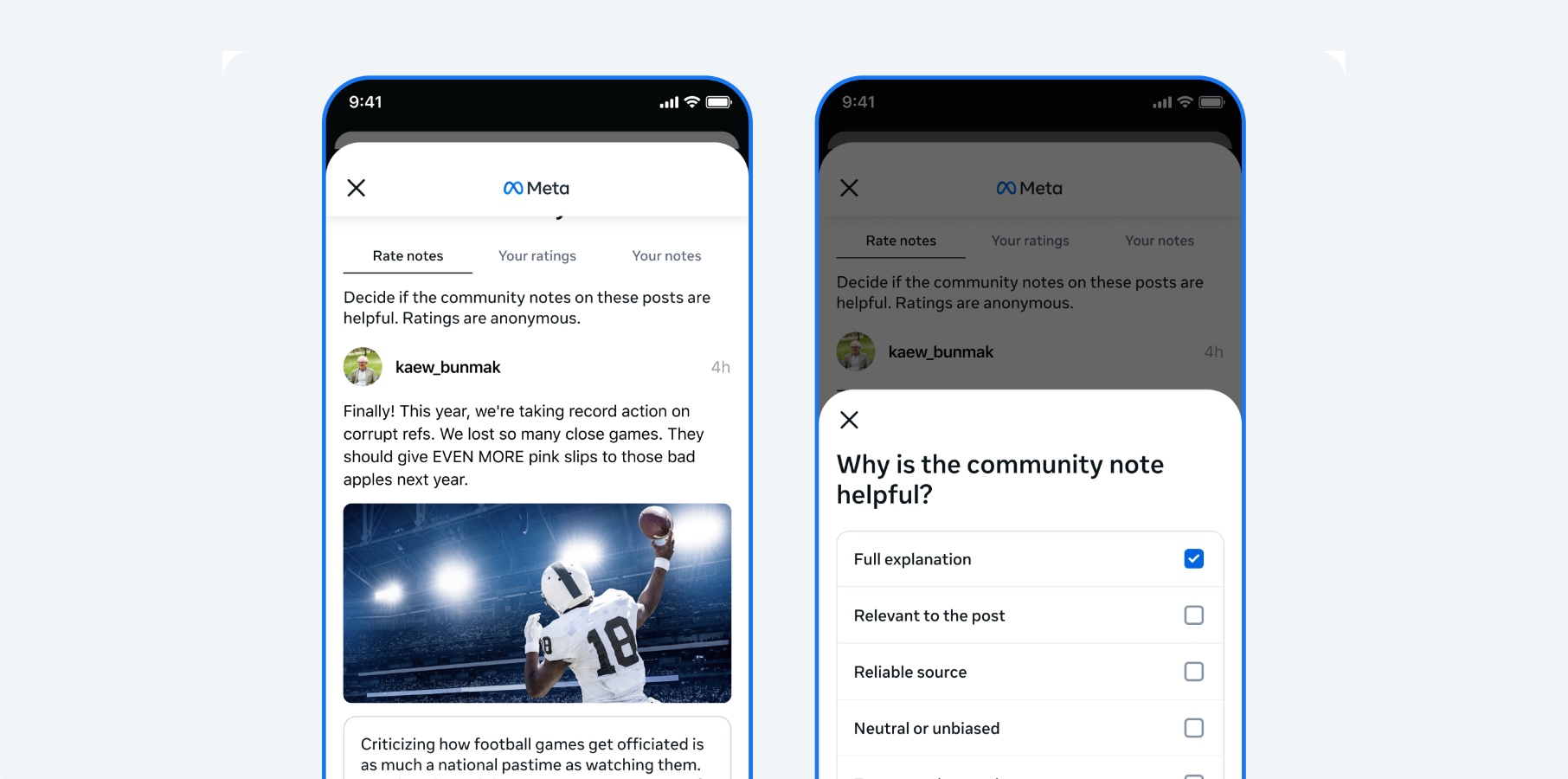






















![This is Apple’s unreleased 10th anniversary Apple Watch band [Gallery]](https://i0.wp.com/9to5mac.com/wp-content/uploads/sites/6/2025/04/apple-watch-celebration-band0000-2.jpg?resize=1200%2C628&quality=82&strip=all&ssl=1)

















































































































































